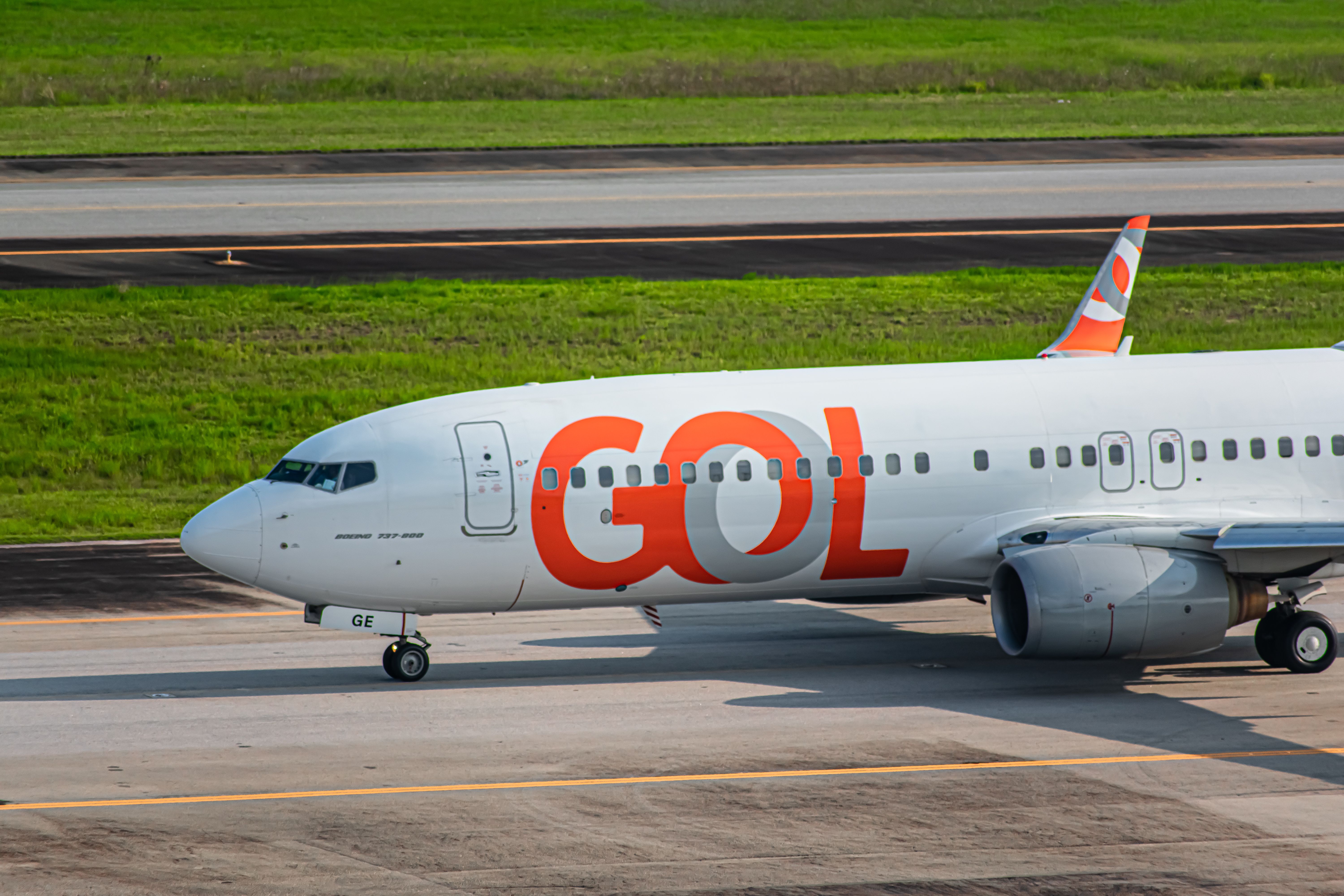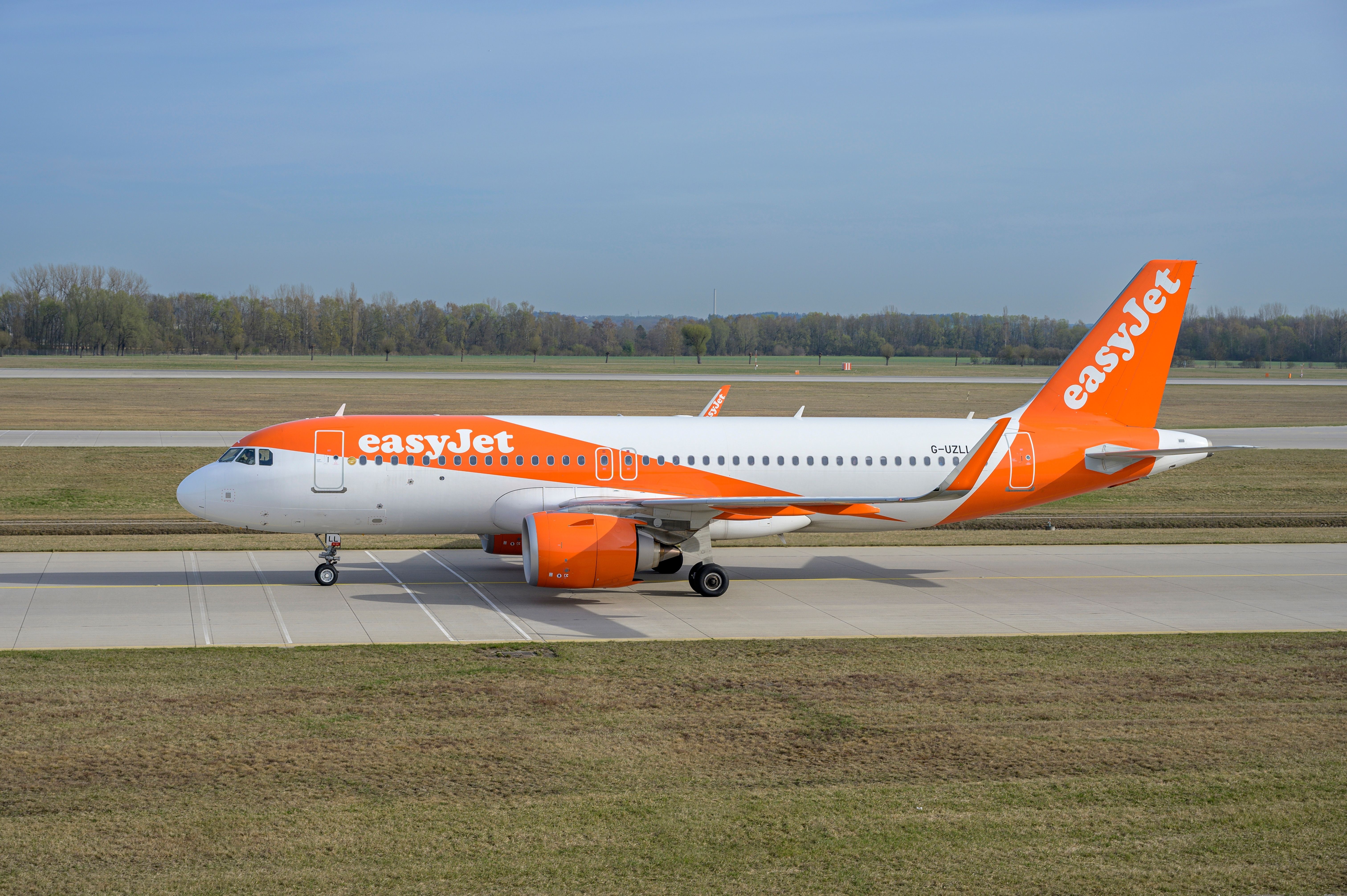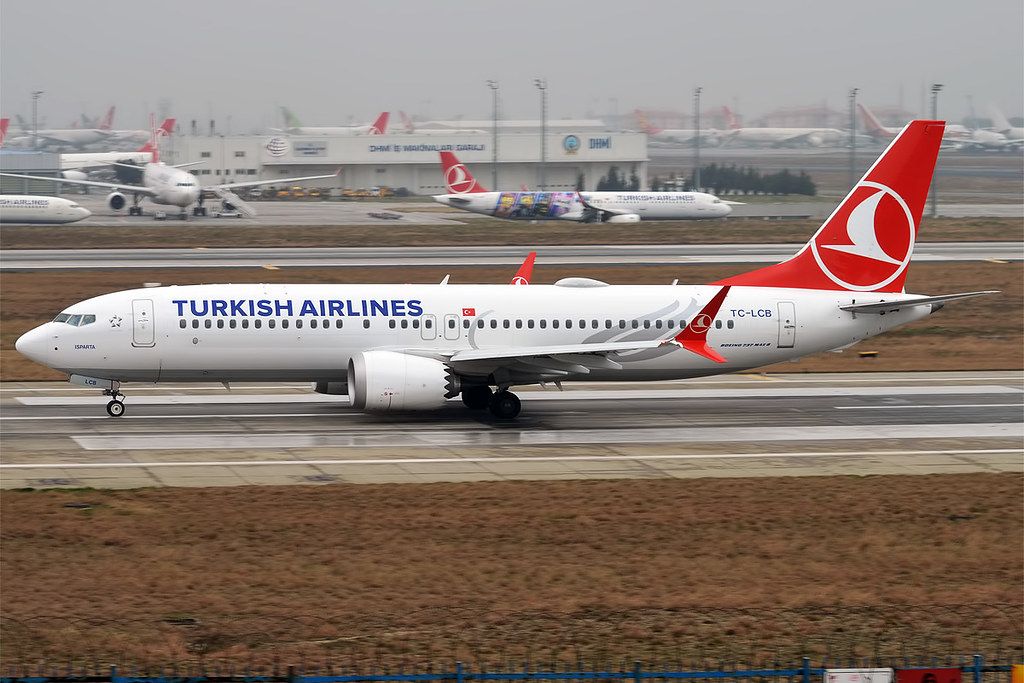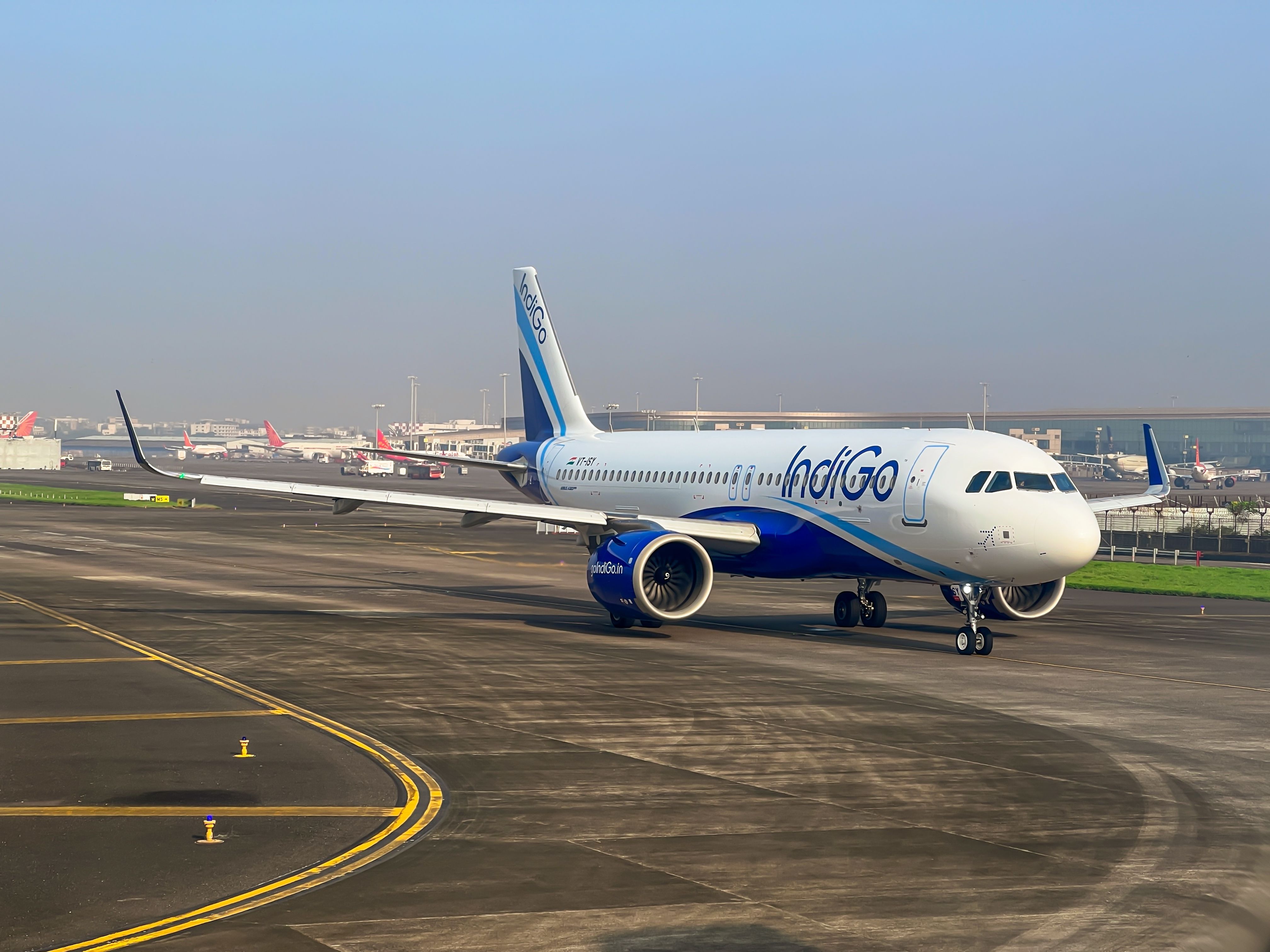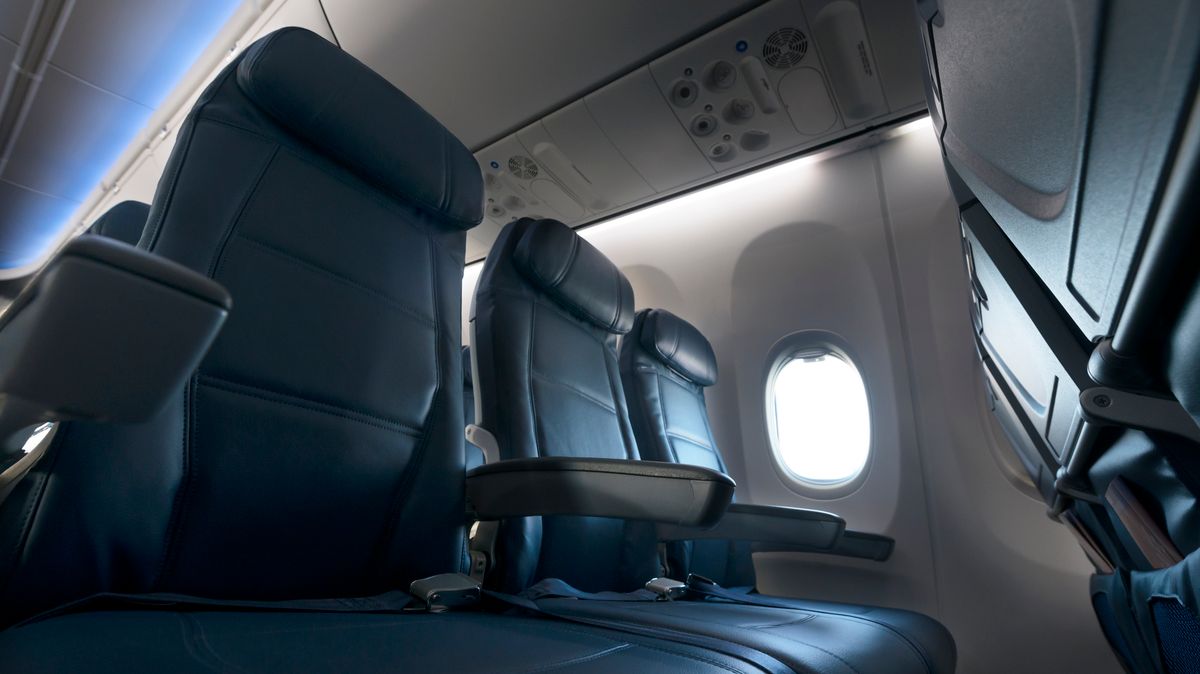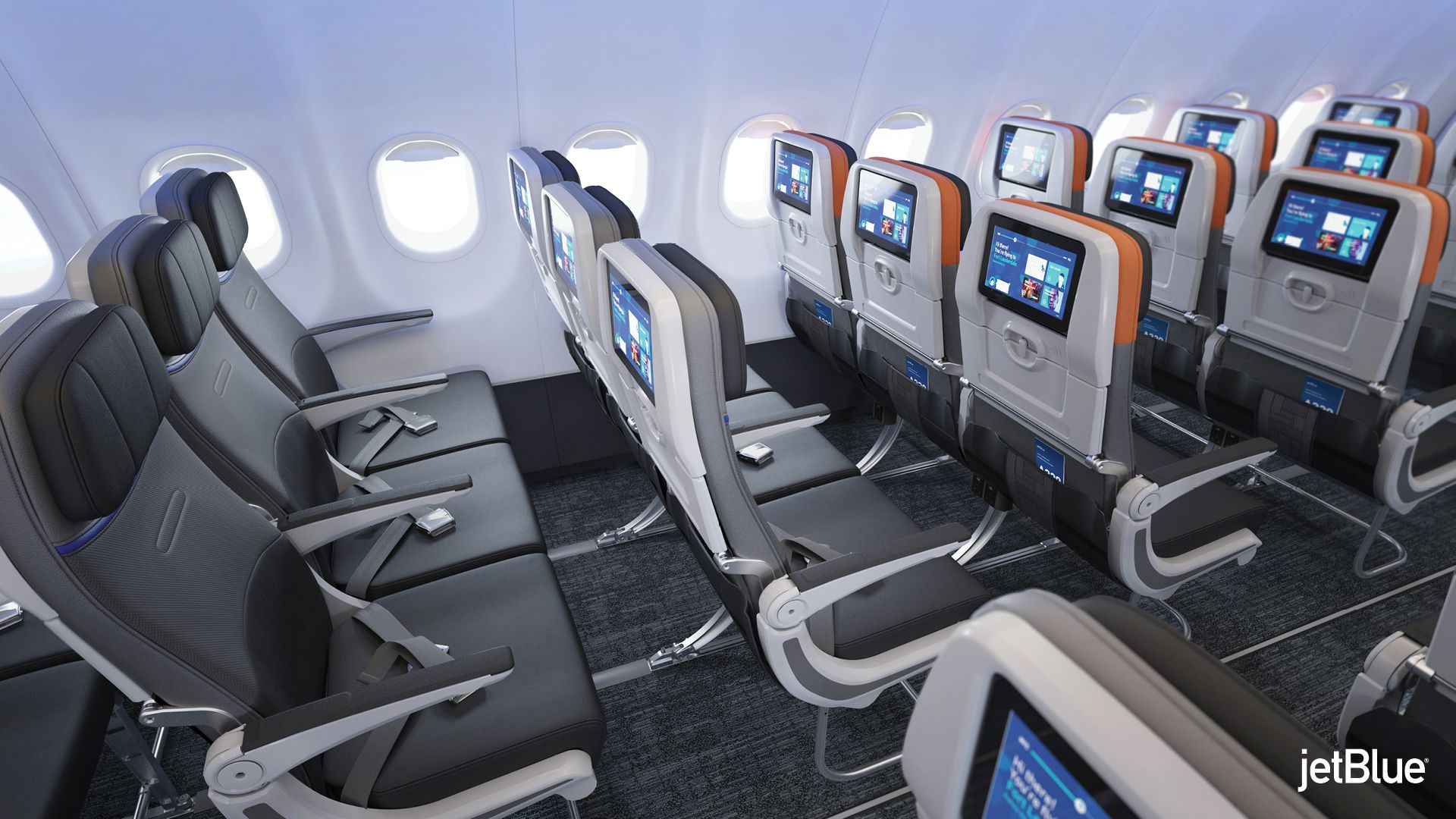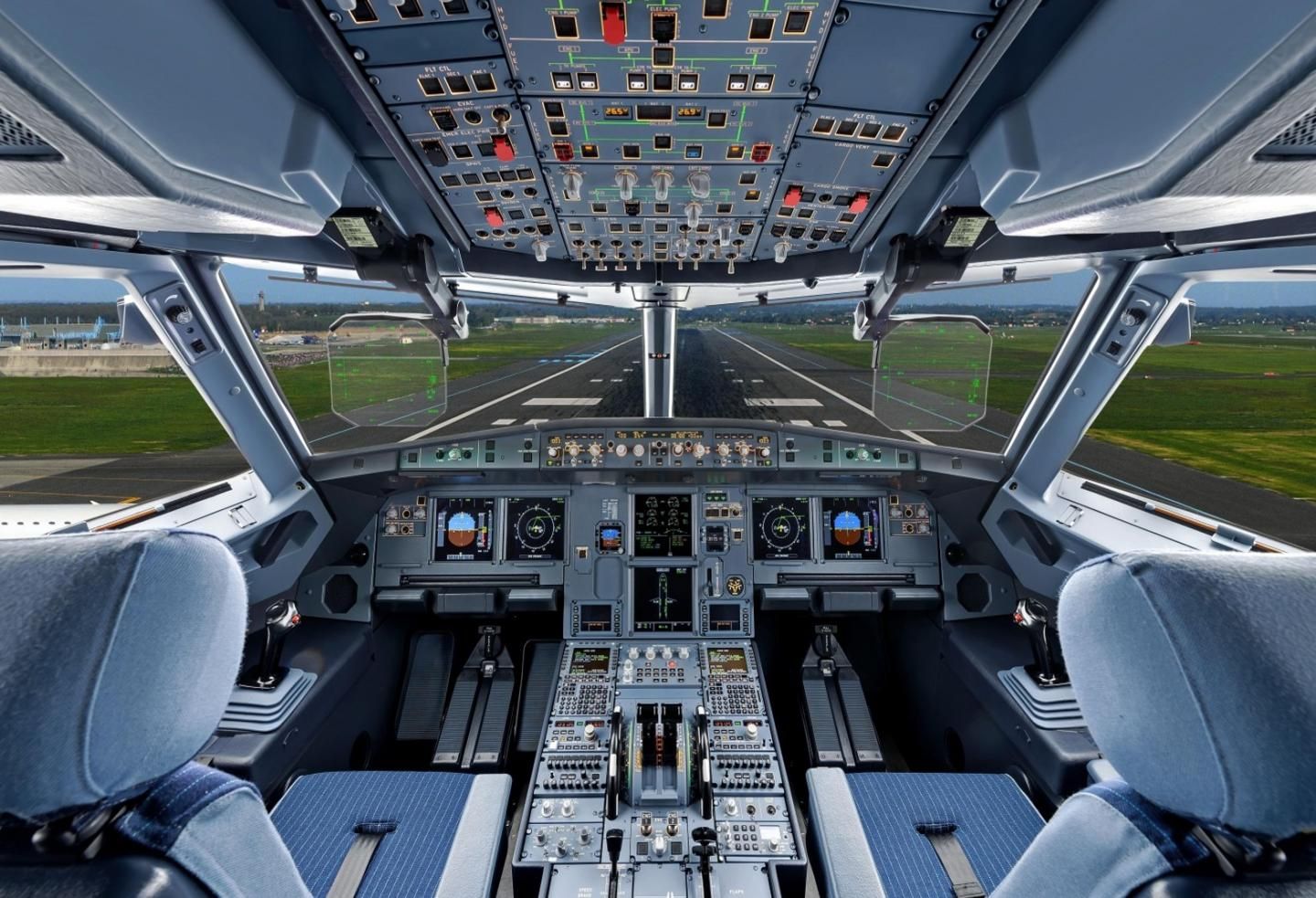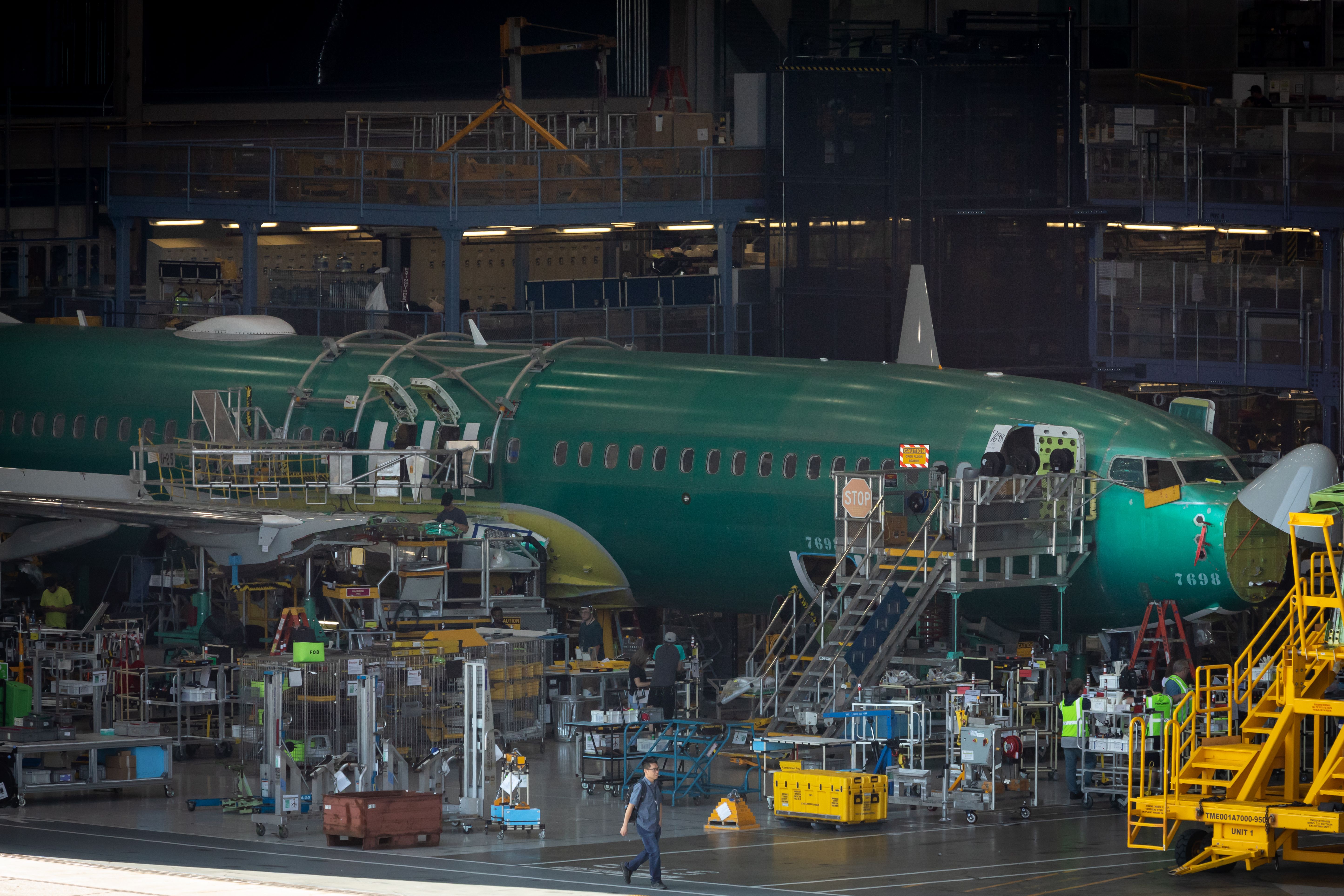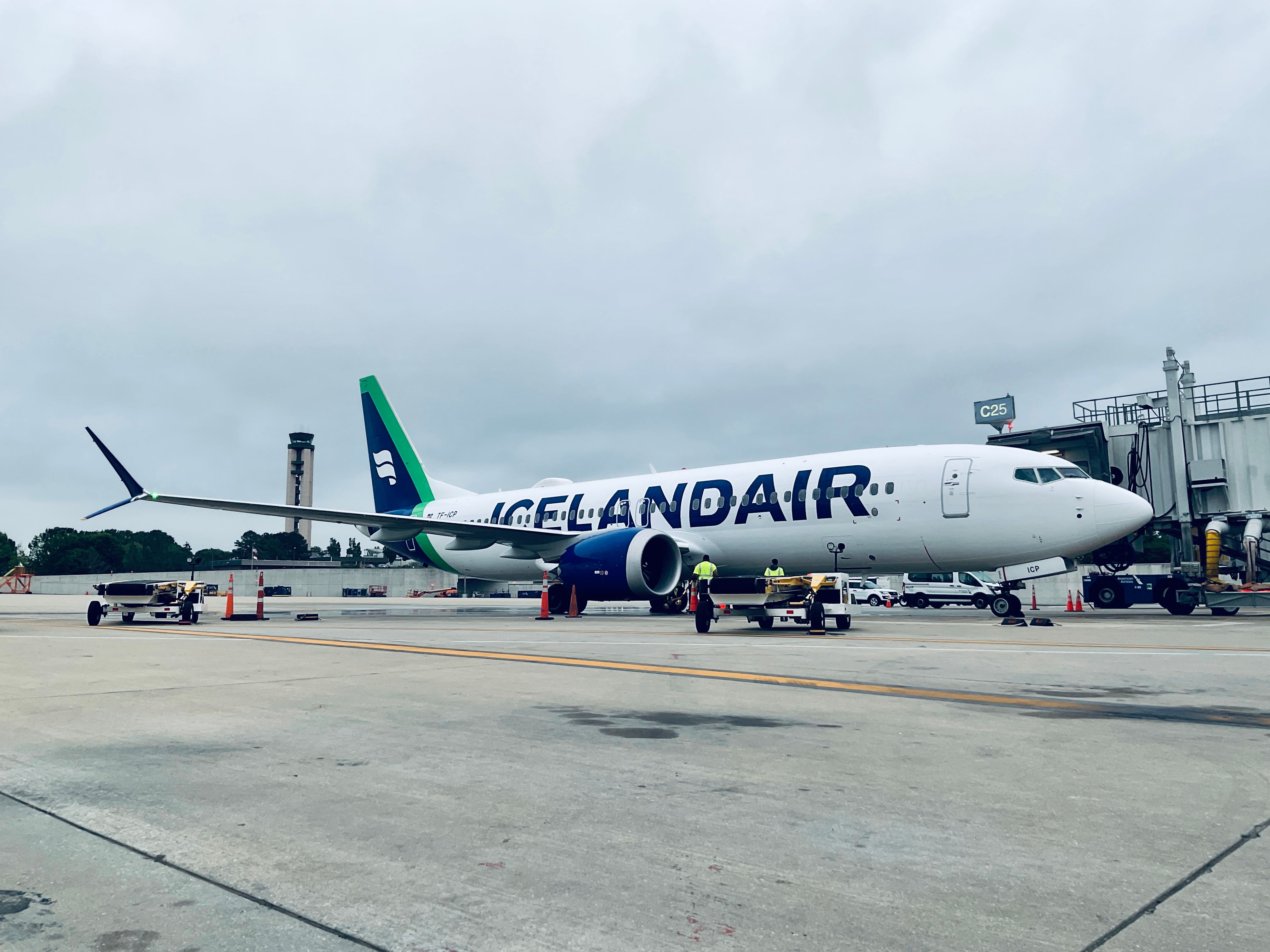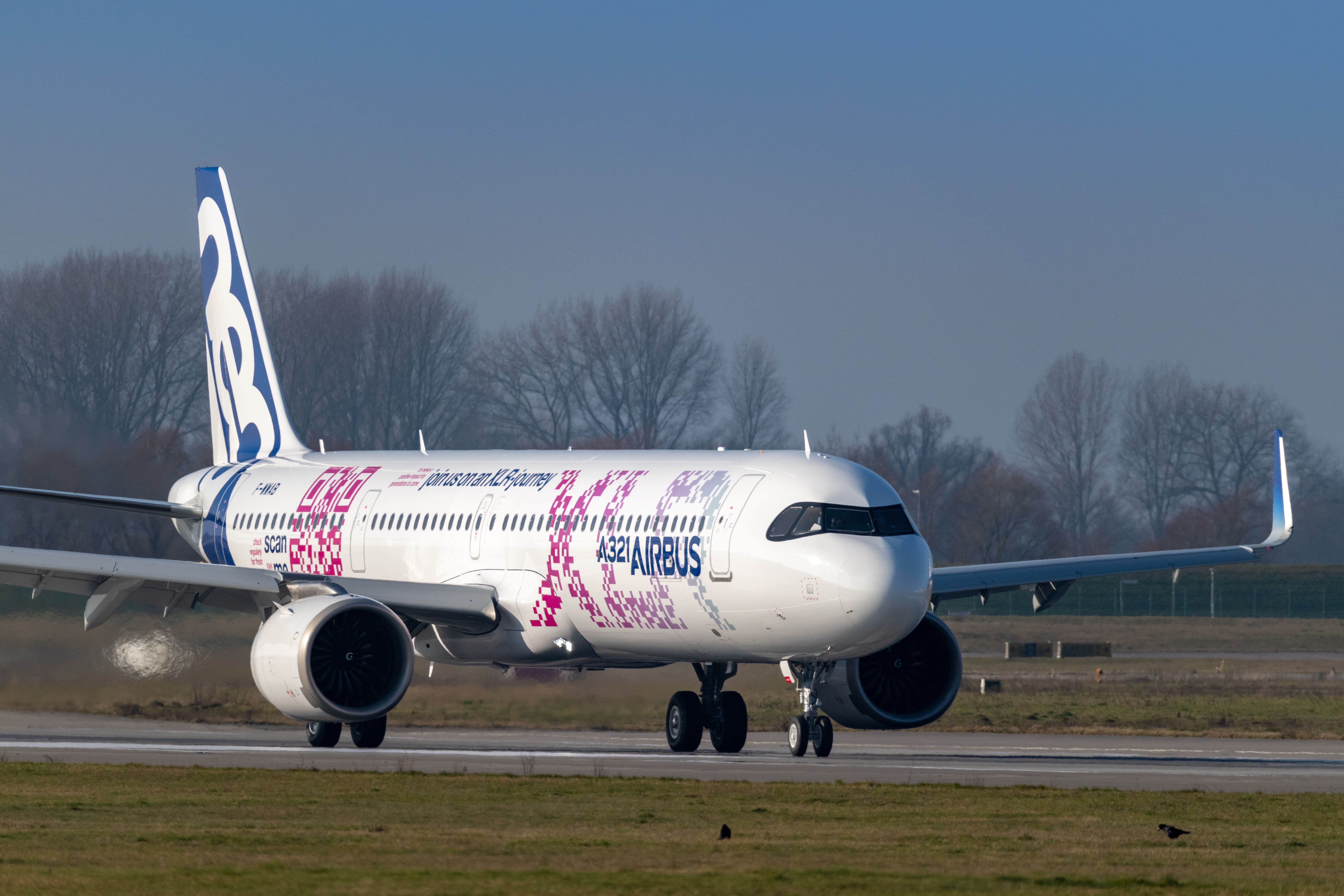Summary
- The Airbus A320 and Boeing 737 are visually similar, but the A320 has a more rounded nose while the 737 has a sharp, pointed nose.
- The flight deck windows differ between the two planes, with the Boeing 737 having slanted windows and the Airbus A320 having straighter, more rounded windows.
- The width of the cabin is where a noticeable difference can be found, with the A320 offering a wider cabin by seven inches compared to the 737.
The world's two leading narrowbody jets are variations of the Boeing 737 and the Airbus A320. They might not be as glamorous as their larger and more imposing siblings, such as the 787 or the A350, but they are trusted workhorses of most fleets all over the world. For many of us, when we travel by air, we are highly likely to find ourselves on an A320 or 737 for most of our flights. Whatever your relationship is with them, these are the bread and butter planes of the industry. But how do they compare with each other?
How do you separate the two?
At first glance, the Airbus A320 and the Boeing 737 are very similar to one another. The A320 has a slightly more rounded nose. If you like to anthropomorphize your aircraft, we think it might perhaps lend it a slightly more friendly appearance. The Boeing's sharp, pointed nose and somewhat severe expression might make it appear a little more on the stern side, but again, that's just one personal opinion.
Spotting the difference between the two aircraft is not the easiest of tasks. There are many variants of each and subtle differences between each model. Not to mention the numerous add-ons and smaller details that can make it difficult to discern one from the other.
Aside from the nose, the most noticeable difference, at least from the outside, can be found in the flight deck windows. The Boeing's windows slant downwards as they wrap around the nose, while the Airbus has straighter, more rounded windows.
The engines offer another piece of the spotting puzzle. The later models of the Boeing 737 have had to flatten the engine covers at the bottom to provide more space for the engines to clear the ground. Meanwhile, the Airbus narrowbody sits higher, so it gets away with perfectly circular engine cowlings.
At the tips of the wings, Boeing and Airbus employ different winglet types to aid efficient flying. Boeing uses angular winglet technology, sometimes with two winglets, one pointing up and one down. These are referred to as a 'split scimitar,' referencing the single-edged sword with a curved blade associated with Middle Eastern, South Asian, or North African cultures.
Airbus, on the other hand, uses 'sharklets.' They get their name from their appearance, similar to a shark's fin. However, some airlines use different types of technology, such as wingtip fences or endplates. It is not always straightforward to spot the difference in the plane by the wing furniture alone.
Those are the main characteristics of the external surfaces of the two planes. But how about what is on the inside?
Please get the latest aviation news straight to your inbox: Sign up for our newsletters today.
How do their interiors differ?
At face value, one is hard-pressed to find any major differences between the two aircraft. They are both standard short- to medium-haul planes. Their cabins are arranged in a 3-3 configuration and sometimes feature a business class product suited to their range capacities upfront. There are overhead compartments for carry-on luggage, a single aisle separating the seats, and usually, lavatories at both the front and rear end of the cabin (one in the middle for larger variants).
One discernable difference when it comes to passenger comfort and experience is the width of the cabin. The Airbus A320 has a wider cabin by seven inches than the Boeing 737. When measured in terms of personal space, an economy seat on a Delta Air Lines Airbus A320 measures 18 inches, whereas a seat on the same carrier's 737s measures 17.3 inches.
The width of the cabin also affects the window placement. The 737 has slightly larger windows than the A320, and the windows sit lower in the fuselage. Meanwhile, the windows on the A320 are placed slightly higher, and the cabin wall is straighter due to the shape of the aircraft.
We'd love to see you on Instagram - follow us here!
In terms of other comforts, it comes down to the products of individual airlines. There is a significant variation among the seats installed on the narrowbodies, even within the same fleet.
While many carriers operate the aircraft in an all-economy configuration, others have installed innovative premium cabins and lay flat seats.
The POV from the flight deck
Evidence suggests pilots seem to have mixed feelings about the two aircraft. The Boeing 737 has been around for a very long time. It may be more familiar to 'old-school' pilots due to the fact it still uses a floor-mounted yoke connected to control cables. This directly manipulates hydraulically boosted control surfaces. It's a much more tactile experience and much more like traditional 'flying.'
Want answers to more key questions in aviation? Check out the rest of our guides here.
The A320, on the other hand, uses 'fly-by-wire' technology, relying on sensors and electronics to control the aircraft. Electrical signals sense the pilot's input on the sidestick and deliver the message to the aircraft controls. This can feel a little unfamiliar for a traditional pilot, although the technology is well-proven with an excellent safety record.
However, the opinion of pilots varies significantly depending on which aircraft type they are certified for. Notably, Airbus' fly-by-wire design has been adopted by several subsequent aircraft types as well, meaning one type rating can cover both the A330 and A350, for example, a good advantage for pilots.
Comparing the numbers
Both Boeing and Airbus have brought newer, more efficient generations of narrowbodies to the market. Indeed, the 'neo' (new engine option) and the MAX are rolling out of the final assembly lines in ever greater numbers. However, the previous generation is still far more prolific in airline fleets. If you are flying on a narrowbody, for now, you are still most likely to encounter a 737-800 (NG) or an Airbus A320-200 (ceo).
Let's compare the specs of these two popular planes to see how they stack up.
|
Boeing 737-800 |
Airbus A320-200 |
|
|---|---|---|
|
Length |
39.5 m / 129 ft 7 in |
37.57 m / 123 ft 3 in |
|
Wingspan |
35.8 m / 117 ft 5 in |
34.1 m / 111 ft 10 in |
|
MTOW |
79,000 kg / 174,000 lb |
77,000 kg / 170,000 lb |
|
Range |
5,425 km / 2,930NM |
5,700 km / 3,078NM |
|
Cruise speed |
M 0.785 |
M 0.78 |
|
Capacity (typical) |
162 pax |
150 pax |
|
Max capacity |
198 pax |
190 pax |
What about sales?
Following the tragic accidents of two Boeing 737 MAXs and the type's subsequent grounding in 2019, the A320 passed the 737 in the number of orders for the first time. However, when looking at the aerospace companies' official figures, the tide seems to have turned again.
Boeing's 737 is set to overtake the DC-3 as the most-produced passenger airliner in history, with over 11,550 delivered. The carrier still has 4,091 of the type in its backlog as of October 2023.
Did you know we also have an aviation YouTube channel here?
As for Airbus, the European manufacturer has delivered 11,370 A320s as of October and has received orders for 17,907, according to its website.
Sales numbers can change quickly with a few large orders, so as it stands, it's a dead heat between the planemakers.
What the future holds
The end of the year is a significant time for aircraft manufacturing. This year through October, Boeing delivered 298 narrowbodies out of its annual target of 375. Over the same period, Airbus has delivered 442 members of the A320 family. It will have to deliver 161 aircraft in November and December to meet its target of 720 deliveries across all its aircraft families.
Airbus is in the process of certifying its A321XLR for commercial service. The aircraft features a range of 4,700NM and a capacity for 220 passengers. The plane was designed to disrupt the long-haul market and complement the network of additional route pairs enabled by the A321neo and LR.
However, Boeing hasn't been sitting on its hands, either. After recertifying its 737 MAX, the planemaker has been hitting new post-pandemic delivery records and even edged Airbus in total deliveries in the first quarter of 2023. It is on track to certify its 737 MAX 7 later this year and the MAX 10 by next year, allowing it to complete the aircraft lineup. The MAX 10 offers 230 seats, slightly below the 244 maximum provided on the A321, but could become a favorite for airlines upgauging their 737 fleets.
Which plane comes out on top?
While looking at the numbers side by side is always interesting, it does not tell us much about which aircraft is better, and which plane comes out on top is a very tricky question to answer. Because in the end, the matter is somewhat subjective, and opinions can differ widely when it comes to picking a favorite between the two.
The real differentiator often lies in how the individual airline has configured its narrowbody fleet. Each airline has its unique take on the narrowbody's internal layout, and comfort varies significantly because of that. As such, we want to turn it over to you.
Which is your favorite narrowbody? The 737 or the A320? Tell us which of these classic single-aisle jets gets your vote and why in the comment section.
Source: AOPA

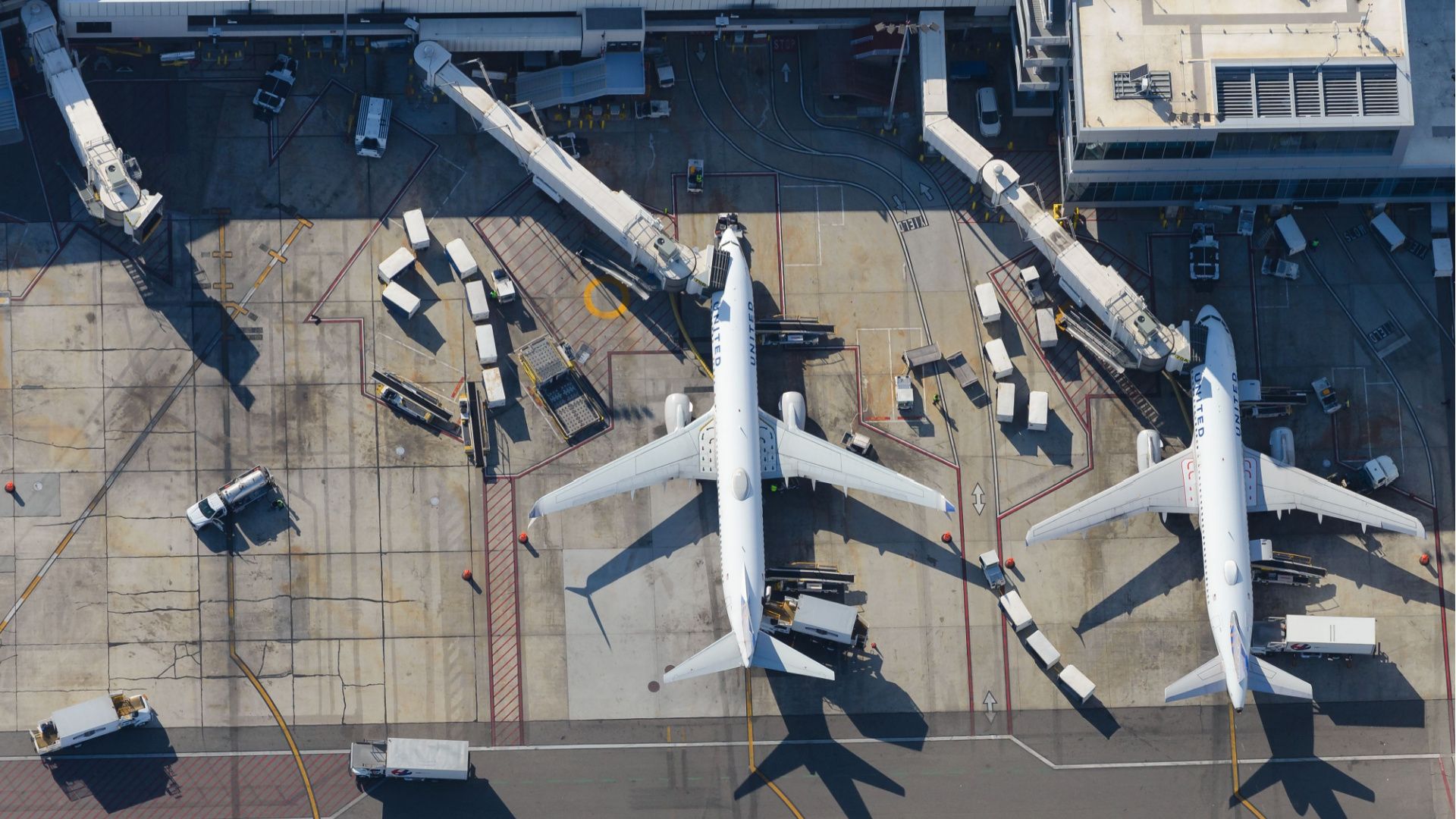
.jpg)
